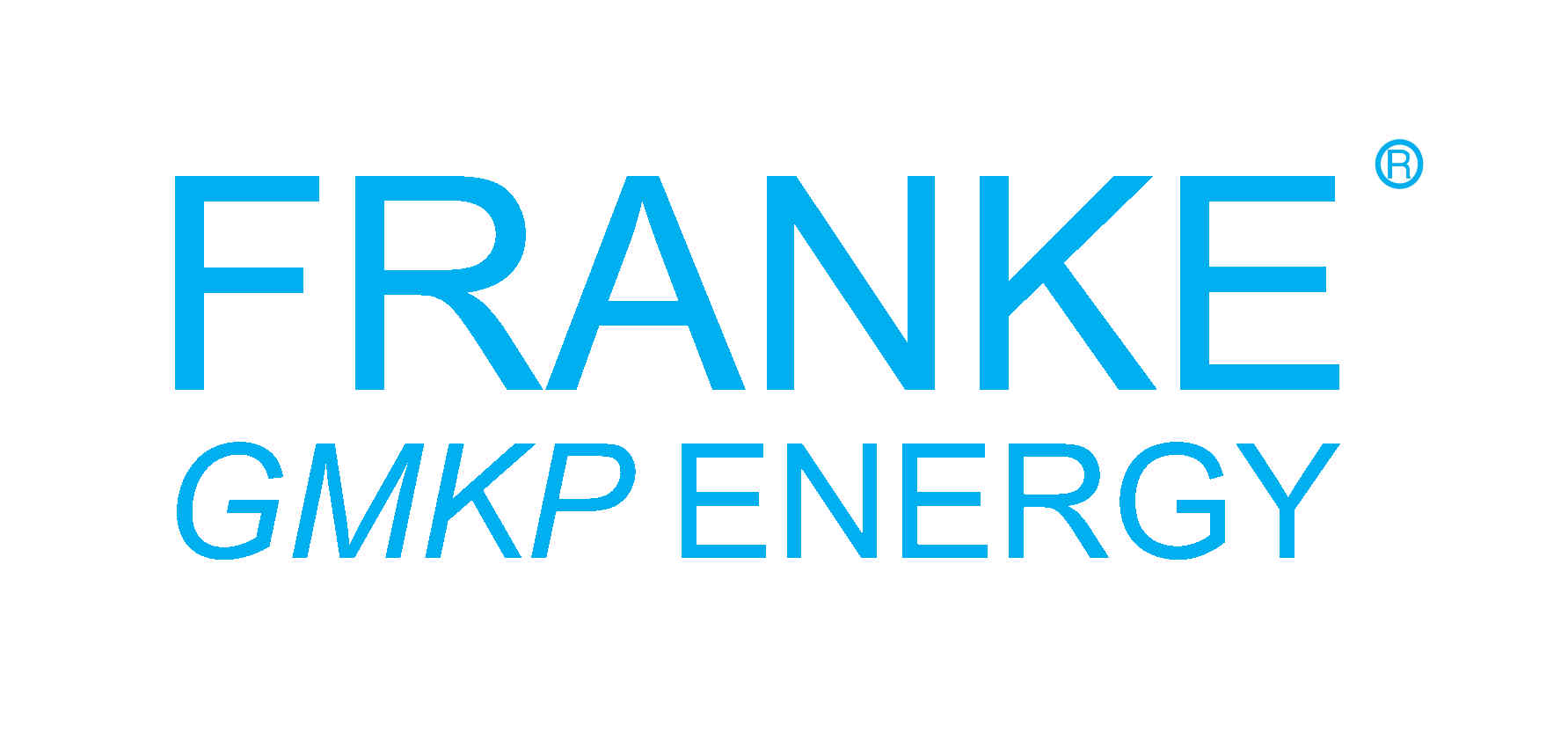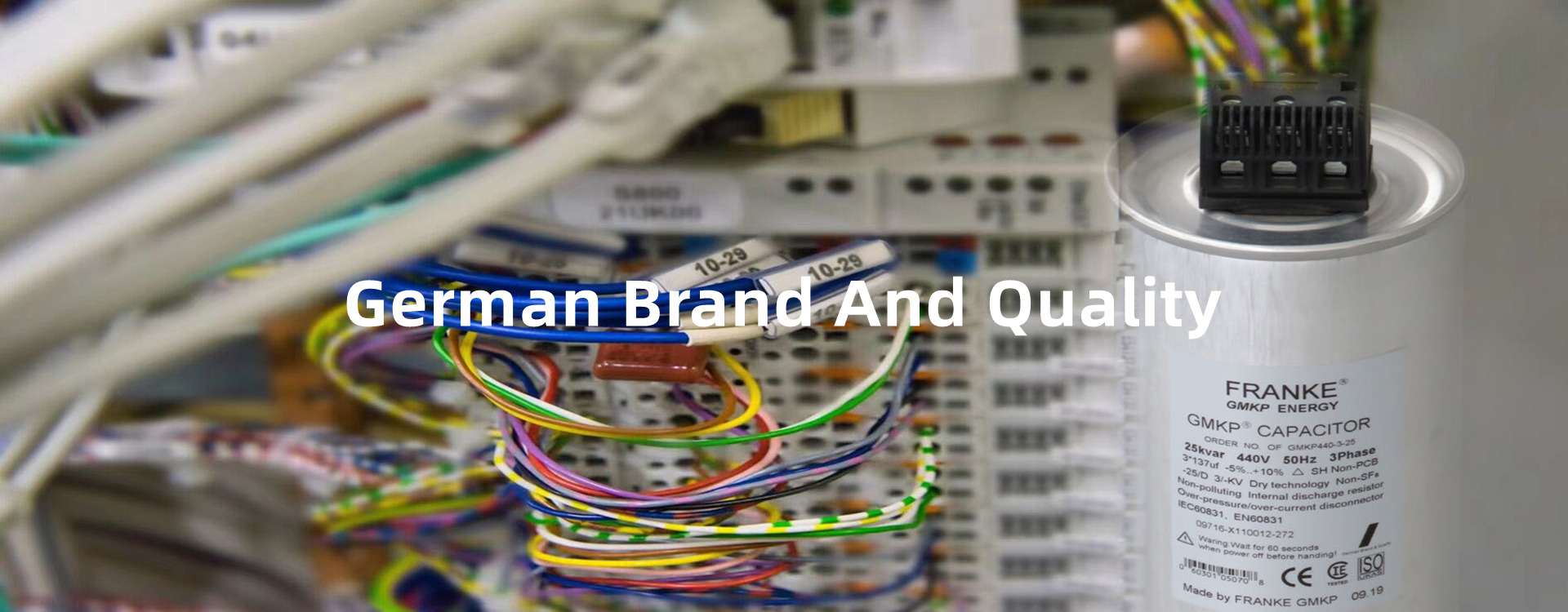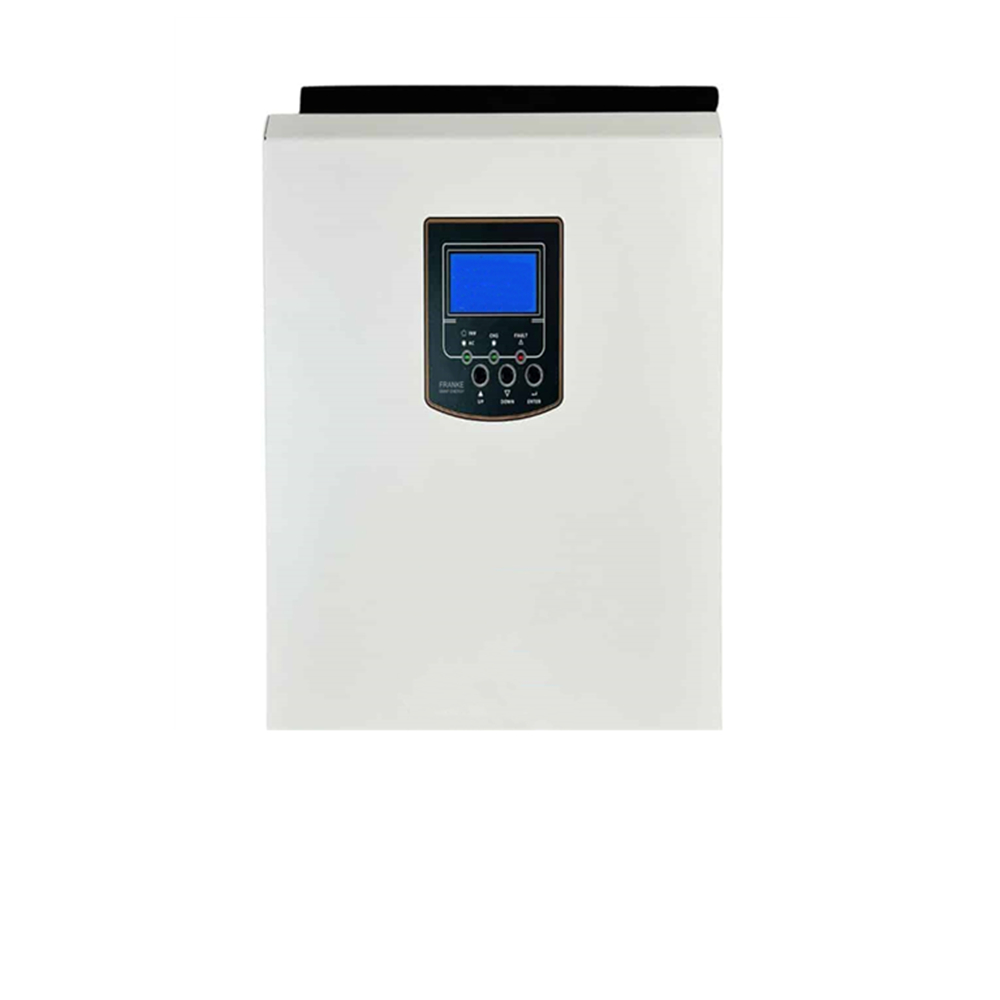
Inverter
Application: inverters are used in renewable energy systems such as solar and wind power to convert direct current (DC) generated by these sources into alternating current (AC) for use in residential, commercial, and grid-tied applications.
How to use
●Connect the DC input from the power source (e.g., solar panels or batteries) to the inverter's input terminals.
●Connect the AC output of the inverter to the load (e.g., appliances or electrical system).
●Power on the inverter and monitor its status and performance. Adjust settings as needed for optimal operation.
●Ensure the inverter is compatible with the load's power requirements and safety standards.
Features
●Maximum Power Point Tracking (MPPT) for optimal solar panel performance and efficiency.
●Grid-tie capability to inject excess energy into the utility grid.
●Real-time monitoring systems for performance analysis and fault detection.
●Anti-islanding protection to disconnect the inverter during grid outages, ensuring worker safety.
●Wide input voltage range to accommodate varying DC input from renewable sources.
●High conversion efficiency to minimize energy losses during conversion.
●Multiple protection features, such as overvoltage, overcurrent, and overtemperature protection.
●Quiet operation and low electromagnetic interference.
●Integrated communication interfaces for remote monitoring and control.
●Compact and lightweight design for easy installation and space-saving inverter solutions.
Main rates
400V/480V/690V,10W to 500V 3 phase 4 wire 50/60Hz
400V/480V/690V,10W,10W to 500V 3 phase 3 wire 50/60Hz
More: Data Sheet and Specification Inverter





